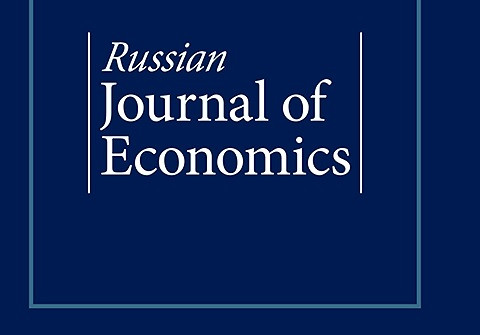Priorities and challenges of the EU energy transition: From the European Green Package to the new Green Deal

15.12.2020
European Union, energy policy, climate policy, decarbonization, energy transition
Russian Journal of Economics, vol. 6(4): 374-389
As decarbonization and climate policy are gaining relevance in the European Union (EU) energy policy, the present paper seeks to present both priorities and challenges for of the EU energy transition. As priorities, we outline the key targets and initiatives proposed and set by the European institutions in relation to the energy matters. The EU identifies renewable energy sources, energy efficiency and reduction of the greenhouse gas (GHG) as the three pillars to achieve its carbon neutrality. The final goal for to the EU energy and climate targets is to achieve climate neutrality by 2050. Nevertheless, since given energy policy is being a “shared competence” between the EU institutions and Member States, each Member State plays a critical role for the achievement of the EU energy transition. Different socioeconomic structures and the energy mix across Europe have caused the implementation process of each EU target to develop at a different pace among European countries. We illustrate this drawing on four countries: Italy, the UK, Germany and Poland. We assess their political commitment to the energy transition and their actions regarding energy transformation. These four countries are only an example of the different pace in the implementation of the EU energy and climate targets. The last part of the paper is devoted to the ambitious plan, called Green New Deal, launched by the present Commission President, Ursula von der Leyen. It sets key priorities, reaffirming European commitments to the energy and climate transition. However, the plan faces significant obstacles. For example, division among Member States (North-South and West-East) might be a factor that could undermine the achievement of the European energy transition, due to multiple and divergent interests (also on the future role of the energy transition in the aftermath of COVID-19 and the resulting economic crisis). Another challenge is constituted by popular opposition, especially from those people that see the energy transition — and consequent economic and industrial transformation — as a potential threat to their well-being and jobs, as the French gilets jaunes show. Lastly, we explain that the European energy transition will impact also its external relations, for example with Russia, proposing how the two blocs can preserve their energy relationship in light of the energy transition, notably through the conversion of natural gas to hydrogen and storing/using the resulting CO2.
As decarbonization and climate policy are gaining relevance in the European Union (EU) energy policy, the present paper seeks to present both priorities and challenges for of the EU energy transition. As priorities, we outline the key targets and initiatives proposed and set by the European institutions in relation to the energy matters. The EU identifies renewable energy sources, energy efficiency and reduction of the greenhouse gas (GHG) as the three pillars to achieve its carbon neutrality. The final goal for to the EU energy and climate targets is to achieve climate neutrality by 2050. Nevertheless, since given energy policy is being a “shared competence” between the EU institutions and Member States, each Member State plays a critical role for the achievement of the EU energy transition. Different socioeconomic structures and the energy mix across Europe have caused the implementation process of each EU target to develop at a different pace among European countries. We illustrate this drawing on four countries: Italy, the UK, Germany and Poland. We assess their political commitment to the energy transition and their actions regarding energy transformation. These four countries are only an example of the different pace in the implementation of the EU energy and climate targets. The last part of the paper is devoted to the ambitious plan, called Green New Deal, launched by the present Commission President, Ursula von der Leyen. It sets key priorities, reaffirming European commitments to the energy and climate transition. However, the plan faces significant obstacles. For example, division among Member States (North-South and West-East) might be a factor that could undermine the achievement of the European energy transition, due to multiple and divergent interests (also on the future role of the energy transition in the aftermath of COVID-19 and the resulting economic crisis). Another challenge is constituted by popular opposition, especially from those people that see the energy transition — and consequent economic and industrial transformation — as a potential threat to their well-being and jobs, as the French gilets jaunes show. Lastly, we explain that the European energy transition will impact also its external relations, for example with Russia, proposing how the two blocs can preserve their energy relationship in light of the energy transition, notably through the conversion of natural gas to hydrogen and storing/using the resulting CO2.
